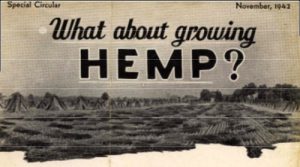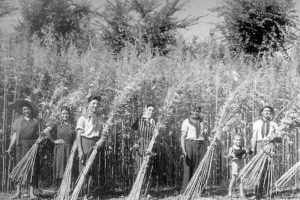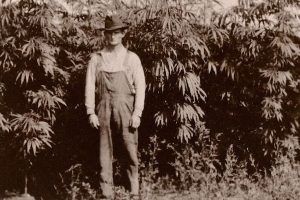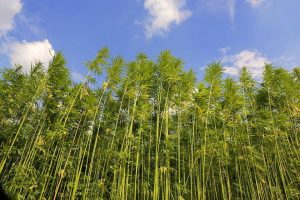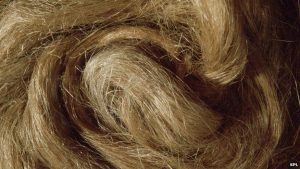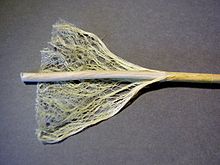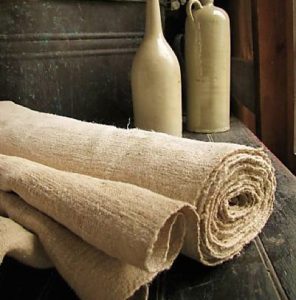It’s a plant. It’s a drug. It’s tied inextricably to the beginnings of humanity’s material history, yet in modern times, it is so contentious that freedom and fortunes continue to be lost due to legal tangles. Cannabis sativa sp. , along with C. indica, C. ruderalis, and a wide range of land-race varieties, has been completely illegal to possess, grow or sometimes even think about, in the United States until states began the decriminalization process, starting with Oregon in 1973.
California made history in 1996 when Proposition 215 passed, officially recognizing the medical value of cannabis and granting patients limited, but rapidly expanding, access. More states have followed; 26 states have legalized medical marijuana and seven have legalized it for recreational uses. Federal law still classifies Cannabis sativa sp. in most forms as a Schedule 1 drug, although bipartisan bills introduced in Congress this spring may change this classification.
To confuse the issue completely, hemp, the same plant, is considered a different crop. Hemp is still Cannabis sativa sp., but has been selectively bred for fiber production, rather than for psychoactive properties. One critical legal distinction between hemp and drug varieties of cannabis is the volume of a single cannabinoid molecule, tetrahydrocannabinol (THC), the essential component of medical or recreational marijuana. Section 7606 of the 2014 Farm Bill specifies that dried flower tops of industrial hemp must contain less than .03% THC. Researchers and others licensed to grow industrial hemp face further restrictions: industrial hemp must be grown outside in large plots, the plants spaced closely together, and little cultivation allowed during the growing season. These cultural conditions create a mature plant which looks much like bamboo and produces products such as oilseed, feed and of course, fiber, which fall outside Schedule 1.
Hemp grows straight and tall; bast fibers around a woody core are its vascular and support structures. Much like flax, these bast fibers are long-staple and after processing can produce a strong and durable product with a few unusual properties. Hemp fiber has inherent anti-microbial and anti-fungal qualities and gains strength when wet, making it a superior fiber for maritime applications, as it was for millennia until recent innovations in high-tech fabrics. Like linen, repeated washings only make hemp fabric softer and more beautiful. Processing hemp fiber is similar to the processing of flax, with differences that come from the extra strength of hemp. New chemical innovations are promising easier retting in the coming years for industrial level processing, but the traditional hemp processing equipment still exists, tucked away in barns and old factories, much as was found or recreated when hand-processing and spinning of wool was revived in the Twentieth Century.
Inevitably, the question becomes “Can I grow hemp fiber at home?” Well, the answer is “Sort of, but not really”. In California ,Proposition 64 allows each individual to grow 6 plants indoors for personal use, so if you have the correct indoor space, or a greenhouse in some municipalities, you can grow those 6 plants for fiber. Ask your nursery person for taller plants which are closer in type to hemp – they will be delighted to help you with your project. That still isn’t a lot of fiber, but it may be enough to get a feel for processing hemp on your own.
Likely you know someone who is growing medical cannabis legally who will be happy to give you what is essentially compost to them. It won’t be high-grade hemp fiber, but you will get to practice and be some of the first to spin local-grown “hemp”. Stalks do not readily store cannabinoids, so you are not going to get high by handling them, although they will be sticky before retting.
The good news is that there are several trade groups focused on getting industrial hemp growing in California, but state resources are focused elsewhere. Kentucky hemp farmers are being granted permission to increase acreage for their crops year by year. Colorado is actively pursuing hemp research. Fibershed has done marvelous work looking into how hemp fiber can integrate into healthy agricultural systems throughout the States. Watch over the next 5-10 years to see how this exciting new opportunity changes!
Betsy is a basket maker who works by day as an information specialist at a cannabis testing lab. She is delighted to see the birth of a new legal industry and can’t wait to see hemp fields dotting the Central Valley.
